Creating Your Brand’s Identity and Voice
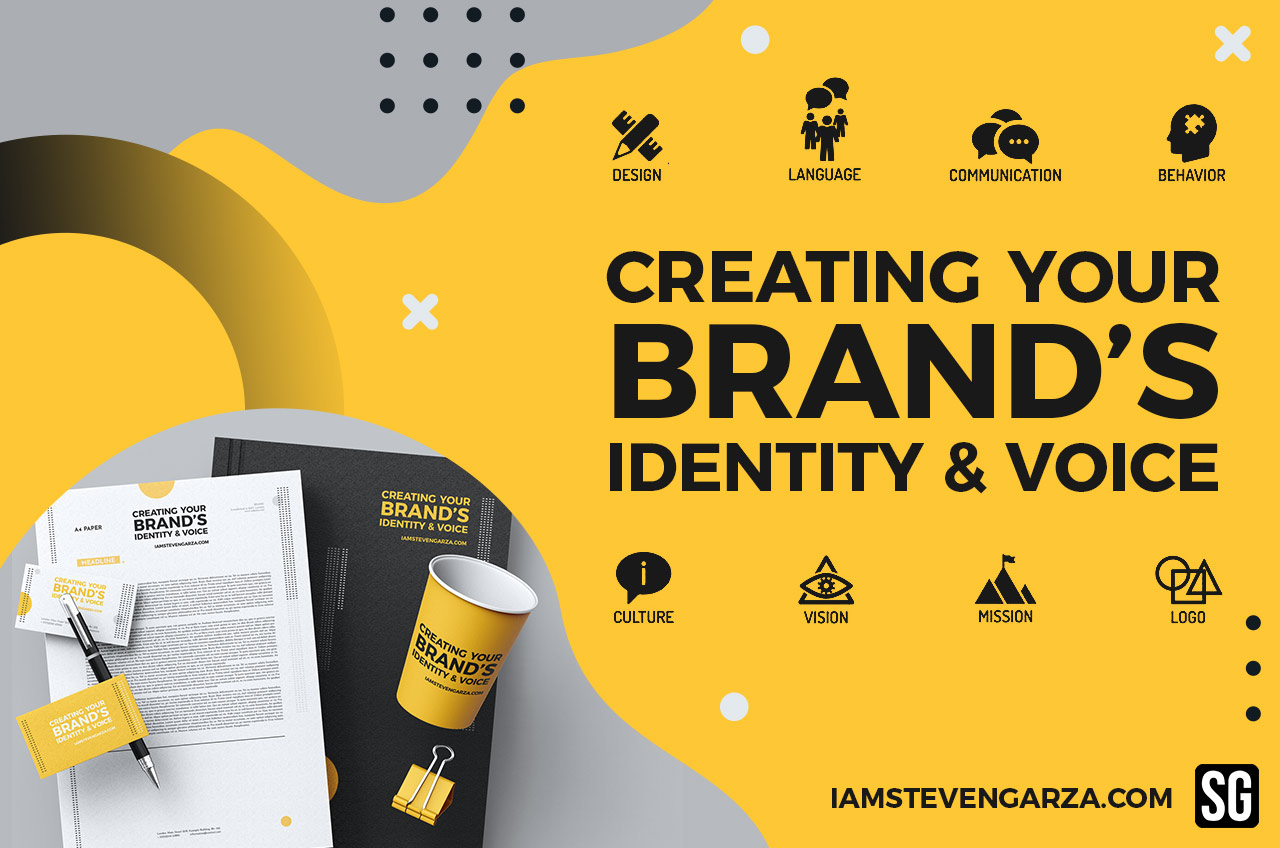
In marketing, you often hear quite a bit about branding, personal branding, product branding, service branding, retail branding, cultural and geographic branding, corporate branding, online branding, and offline branding. But what is branding? What does the word actually mean? If you don’t already know the answer, it will seem pretty obvious.
The word branding was used to depict ownership going back as far as 4000 years. Farmers would brand their cattle to differentiate them from other livestock, and craftsmen would imprint symbols onto their goods to signify their product’s origins.
However, what we brand, how we brand it, and why we brand it has changed over the course of time. But branding in the modern age is STILL about taking ownership. It’s about owning what your company values and represents, distinguishing yourself over competitors, and earning customer loyalty and trust through your words, actions, and stories.
Before you identify what tangible elements you want to choose to make up your brand identity, you need to understand who you are as a brand, what you care about, and what makes you different.
Who you are as a brand is made up of several elements such as:
- Brand Personality
- Brand Voice
- Brand Feelings
- Brand Values
- Brand Character
- Brand Mission
- Brand Impact
- Brand Positioning
- Brand Audience
These points are what define a brand, and before you begin to develop your brand identity, it’s imperative that you have a clear understanding of each element and who your audience is.
Before you begin to develop your brand, ask yourself:
- Why did I start this project?
- What are the beliefs and values that are important to me as a brand?
- What does my brand do better than anyone?
- What makes my brand unique or special?
- If I could describe my brand in three words, what would they be?
- What are the three words I would want my audience to describe me?
Everyone possesses a set of beliefs and values that reflect our individuality among millions of people around the world. It’s important to understand that it should be the same with a brand.
There are several core fundamentals for building a strong brand identity and we are going to go over them briefly in this article.
BRAND PERSONALITY
What demographic or audience does your brand resonate with?
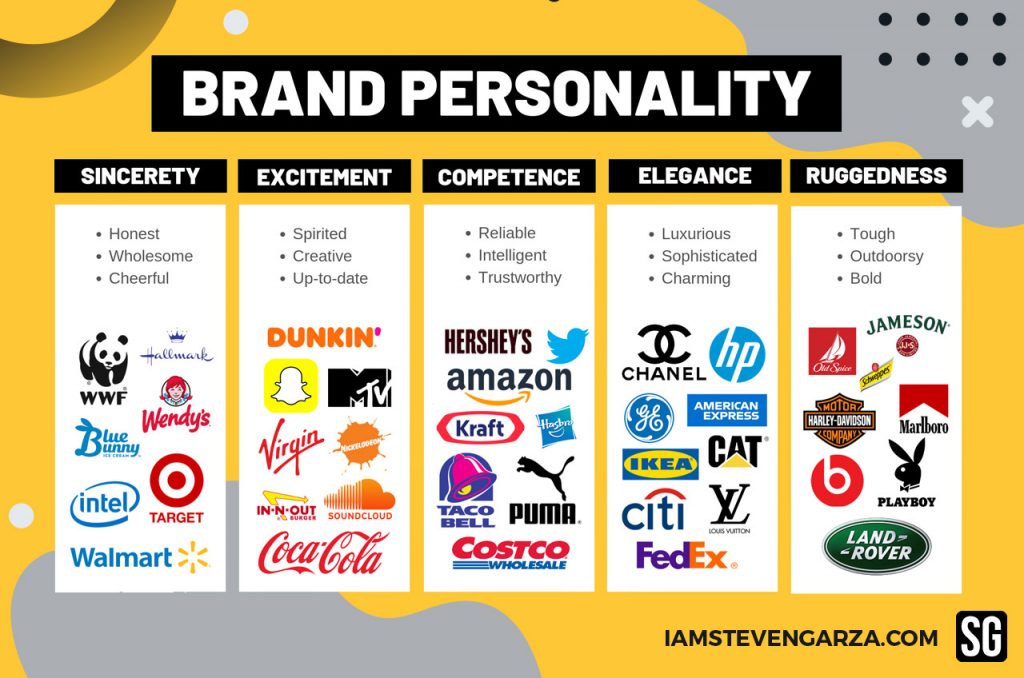
You decide how you would like to present your brand. Do you want to present your brand as Intelligent? Sophisticated? Wholesome? Friendly? Rebellious?
In your brand development journey look at brands that inspire you and are in line with your values, beliefs, and vision, or are similar to your brand’s industry to explore how those brands are effectively connecting with their audience and what made you take notice.
BRAND VOICE
How does your brand sound? What’s your brand’s tone?

What does your brand talk about? Your brand voice is the personality and emotion behind your brand’s communications. It includes everything from vocabulary, lingo, and the tone you choose to use, it is the personality you use in your marketing and promotional materials.
We are going to look at Wendy’s to see how they use their brand voice on social media to connect, engage, and communicate. What makes the Wendy’s Twitter account so unique is that it doesn’t follow a classic marketing playbook. In fact, the brand is now credited with setting the tone for how brands interact with their followers on social media today. Brands had already begun to abandon traditional promotions and started communicating directly to their clients via social media, but it was Wendy’s who made this approach an art form and most important a viral one! Wendy’s tweets often go viral and reach millions of people through non-paid organic content marketing.

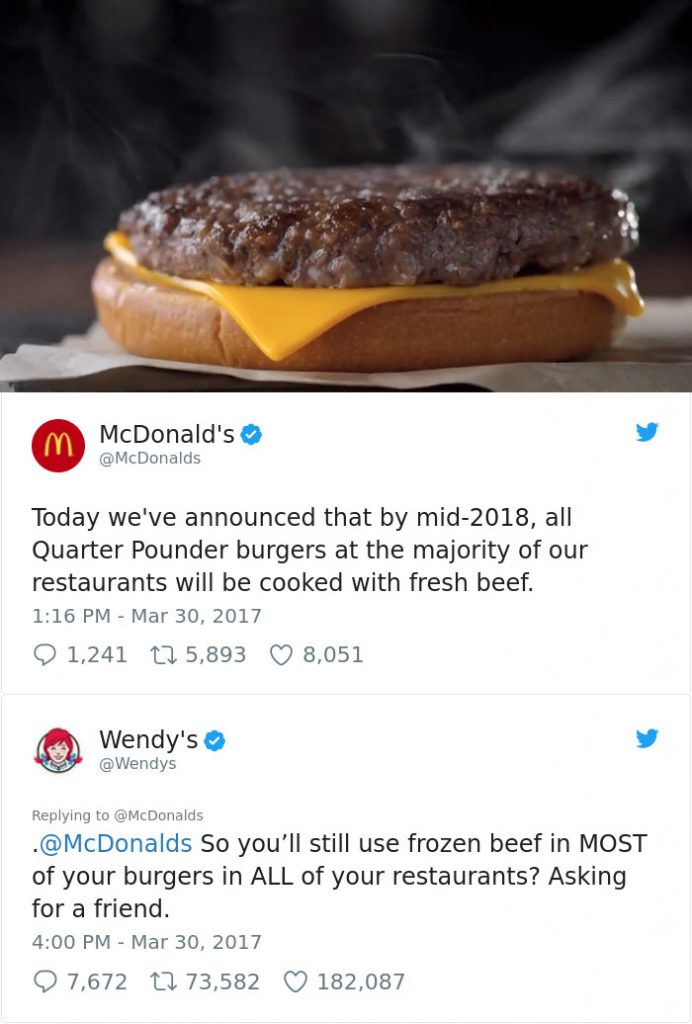
“We want to be likable and sassy. We don’t want to be seen as sarcastic and rude. But we walk a fine line.”
Wendy’s Chief Concept and Marketing Officer, Kurt Kane.
Maybe that balance that Kurt spearheaded is what made Wendy’s persona or brand voice, one for other brands to emulate. Wendy’s is a marketing trendsetter. When a Twitter user asked Wendy’s to point her to the nearest McDonald’s, Wendy’s simply responded with an image of a trash can, which is simply comedic gold.
BRAND FEELINGS
How does your audience feel after they interact with your brand?
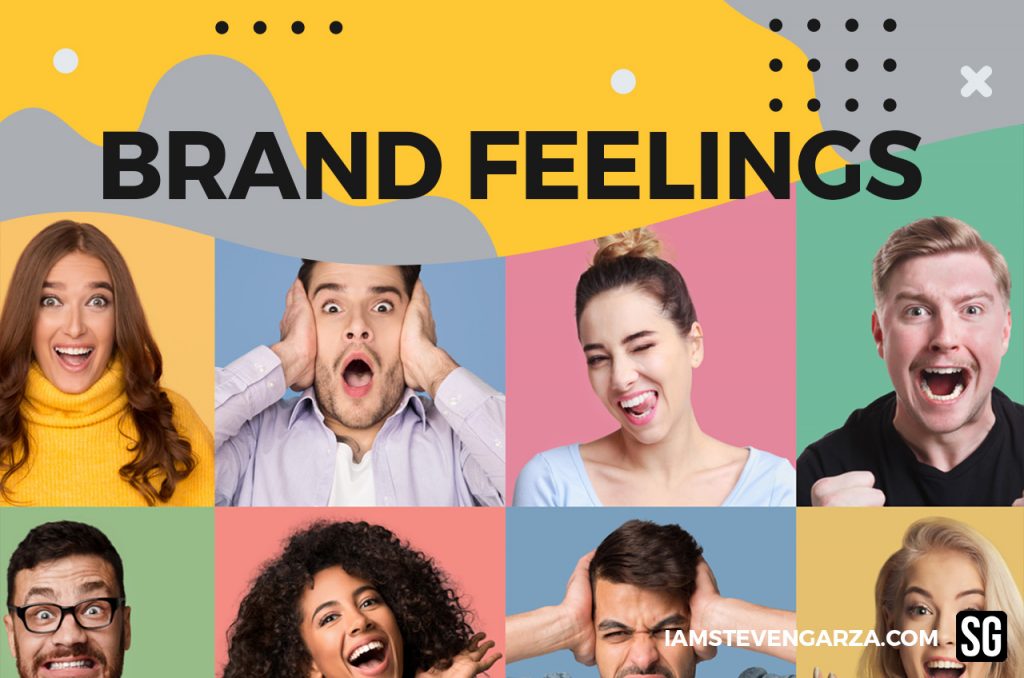
How does your audience feel when they engage with your brand? Do they feel delighted? Happy? Excited? Trustful?
A brand is as successful as its ability to trigger a ‘feeling’ and an afterthought in its customer’s journey. A brand, which is associated with a unique concept and experience is more likely to be remembered, loved, and purchased.
Whatever feeling you want to convey be sure you show it and ensure that you connect with your audience! Listen to your audience when they engage and respond, social media is a vital tool to do so and build a community. If you want them to feel delighted, make sure you take care of your audience by going above and beyond their expectations.
BRAND BELIEFS & VALUES
What are your brand’s belief?

Great brands align themselves with belief systems that their audience cares about. This makes brands more attractive to consumers and are embraced by like-minded audiences.
BRAND CHARACTER
How does your brand interact culturally?

It is very important that brands have strong internal culture and character. What is your brand known for, how does your brand interact and why does your brand do so?
BRAND MISSION
What is your brand’s goal to impact or change in the world?
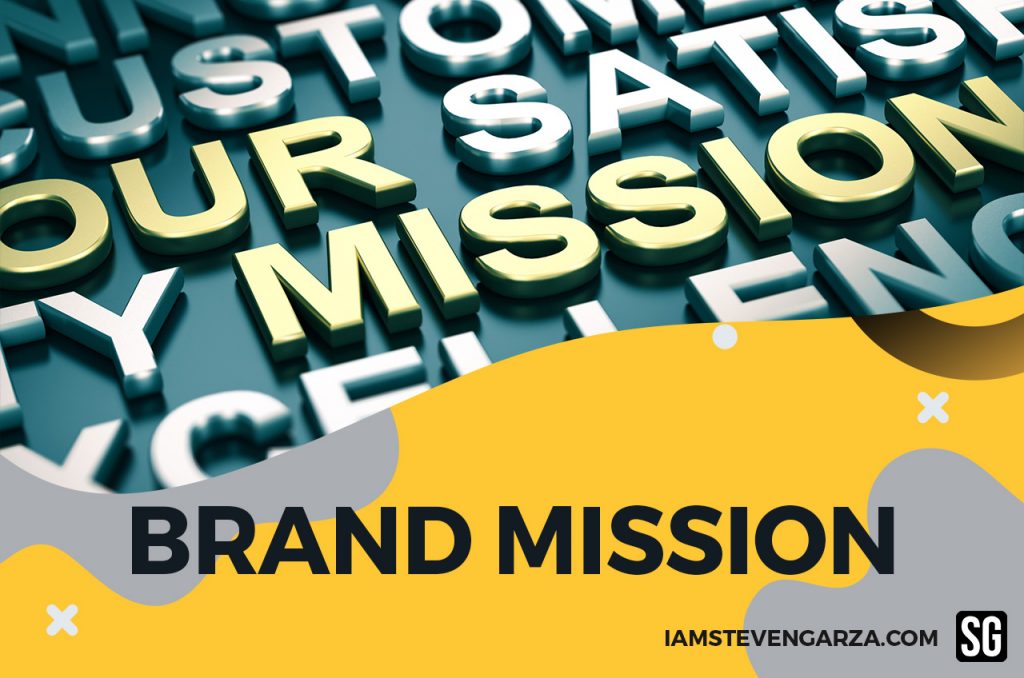
A brand’s mission helps audiences to connect with them as it demonstrates that there is a purpose beyond simply selling products or services.
BRAND AUDIENCE
Who is your brand’s audience?

Although we would all love to be a brand that has mass appeal, all brands need to establish a focus audience. You wouldn’t play gospel music at an EDM festival, would you? Be clear and concise with who you’re speaking to as you develop your core audience, and ensure to engage them to build a community.
BRAND IMPACT
What impact does your brand leave on people?
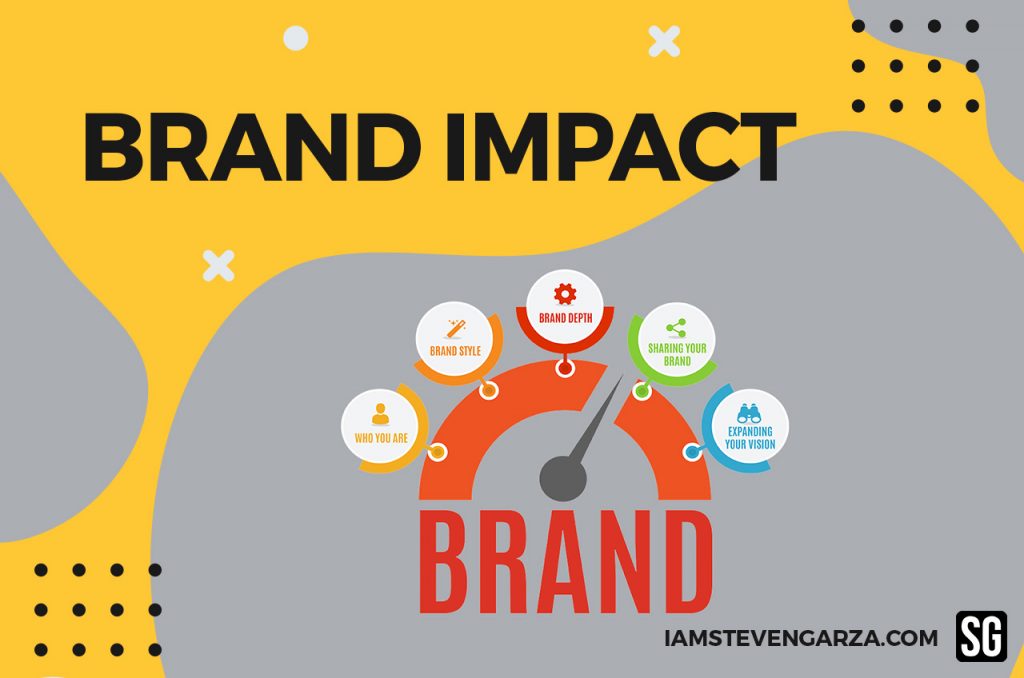
Why is your brand a better choice than your long list of competitors? The best brands find new and creative ways to impact their core audience that match the unique products and services they provide.
THE INEVITABLE, INDUSTRY CHANGES
The marketplace is always changing and evolving. What type of brand is your brand? Rigid, Fluid?
Rigid brands are brands that are slow or resistant to change in their identity in relation to the change in their audience’s behavior.
Fluid brands are brands that are adaptive and rapid in making changes. They often adapt their identity to the change in their audience’s behavior.
Rigid brands often find it challenging to fit and meet the demands of the marketplace as they’re unwilling to adapt or change.
Fluid brands are adaptive and agile. When the marketplace changes, they change with it. This often garners greater results and a larger percentage of the market share.
BE BOLD
As we previously observed with Wendy’s Twitter voice, following traditional marketing practices with your branding is no longer the safest option. It’s now more important than ever for a brand to have a unique voice that communicates in the same frequencies as its audiences.
AVOID GENERIC BRANDING
There is a reason why your brand is unique, and it is very important to avoid generic branding at all costs. You will invest too much time and money into building a solid brand, and it is important to be as distinct as possible. It’s your choice on how you would like your brand to think, feel, engage and present itself to the world. Be unique in your own way that demonstrates what you are truly all about.
“We’re the best”
“We’re honest”
“We’re experts”
Avoid being vague or sounding generic. The more specific you are, the better.
CREATE A UNIQUE STRONG BRANDING VOICE
Sometimes when you hear a short phrase you can often connect it with a memory, a feeling, or an emotion. For example.
“The happiest place on Earth.”
“Just do it.”
“A diamond is forever.”
“The ultimate driving machine.”
“You’re in good hands.”
“What’s in your wallet?”
“Snap! Crackle! Pop!”
“Finger lickin’ good.”
“Can you hear me now? Good.”
“America runs on dunkin.”
Without having to identify the brands attached to each statement, there is a high chance that you were able to identify what brand is attached to each positioning statement. It’s important to try to strive to achieve this when creating your brand.
Now that you have a better understanding of how you can create your brand’s identity and voice, it’s time to begin your journey in creating your brand!
I leave you with a quote from Sir Richard Branson who is responsible for creating Virgin Records, one of the most iconic global brands in music.
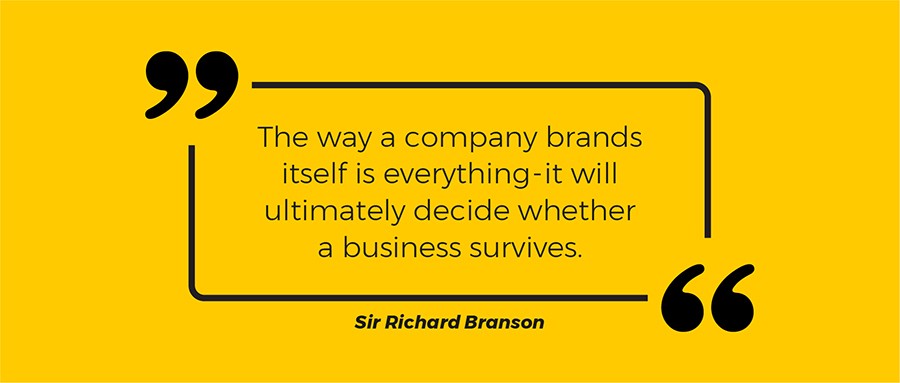
Thanks for reading. I hope this blog entry was useful to you, if it was leave a comment below and share your experience in developing your brand identity and voice.
See you in the next article!
